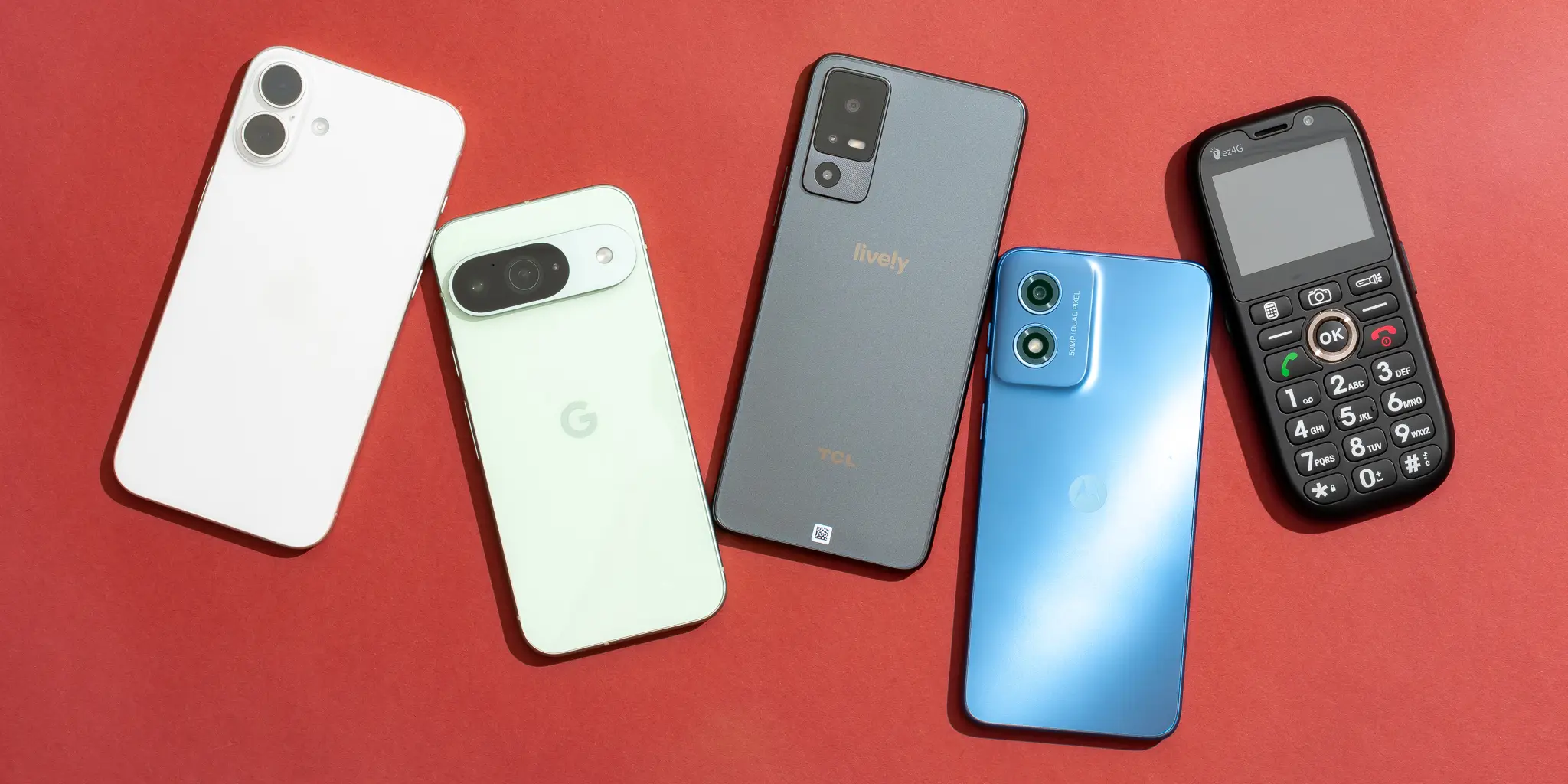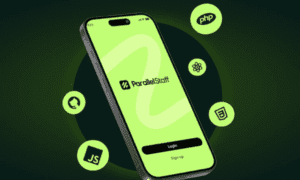Finding the right mobile phone for seniors can sometimes feel overwhelming. With so many makes and models available in Australia, it’s important to focus on features that truly support ease of use, comfort, and accessibility. Whether you’re choosing a phone for yourself or helping a loved one, the right device can make a big difference in staying connected with family and friends.
In this guide, we’ll explore what to look for in mobile phones for seniors and how to make the best choice.
Prioritise Simplicity and Ease of Use
For seniors, simplicity is often key. A phone should be straightforward to navigate, without cluttered menus or overly complex features. Look for:
- Large icons and text: Easier to read at a glance, especially for those with vision concerns.
- Intuitive menus: Avoid phones that require too many steps for basic tasks like making a call or sending a text.
- Physical buttons or touch-friendly screens: Some seniors prefer physical keypads, while others enjoy touchscreens with larger displays.
The right balance depends on the user’s comfort level with technology.
Consider Accessibility Features
Modern mobile phones often come with accessibility options designed to support seniors. Some useful features include:
- Hearing aid compatibility: Ensures clearer sound quality for those with hearing devices.
- Voice commands: Useful for making calls, sending messages, or searching without needing to type.
- Emergency call buttons: A dedicated SOS button can quickly contact family members or emergency services.
Checking that these features are built in can provide extra peace of mind.
Look at Battery Life and Charging Options
No one wants a phone that constantly runs out of charge. Long battery life is particularly important for seniors who may forget to recharge daily.
Additionally, consider charging options. Some seniors may struggle with small charging ports, so a wireless charging stand or easy-dock charger can be a practical alternative.
Balance Between Smartphones and Basic Phones
The choice often comes down to whether a basic phone or a smartphone is better.
- Basic phones: These usually feature larger buttons, simpler interfaces, and longer battery life. They’re excellent for seniors who mainly want to call and text.
- Smartphones: While they require a bit more learning, they offer access to apps like WhatsApp, video calls, or online banking. With the right training, many seniors enjoy the flexibility smartphones provide.
If choosing a smartphone, look for models with a senior-friendly interface or the option to enlarge icons and simplify layouts.
Value for Money
Price is always a consideration. Seniors don’t always need the latest flagship model. Many affordable options in Australia provide excellent performance without unnecessary extras.
Prepaid plans can also be a good choice for those who don’t use a lot of data or call time, helping to control costs and avoid bill shock.
Support and Training
Even the most user-friendly phone may still feel daunting at first. Offering support makes a big difference:
- Retailer support: Some Australian telcos and retailers provide set-up assistance for seniors.
- Family help: Taking time to show a senior how to use features like messaging, video calling, or storing contacts can boost confidence.
- Online resources: Many tutorials are available on YouTube or provider websites for step-by-step guidance.
Final Thoughts
Choosing the right mobile phone for seniors is about matching the device to their comfort level, lifestyle, and needs. For some, a simple keypad phone is enough, while others will benefit from a smartphone with modern apps and features.
By focusing on ease of use, accessibility, long battery life, and reliable support, you’ll ensure the phone becomes a helpful tool rather than a source of frustration.
Staying connected is essential at any age, and with the right mobile phone, seniors in Australia can enjoy both independence and peace of mind.



































